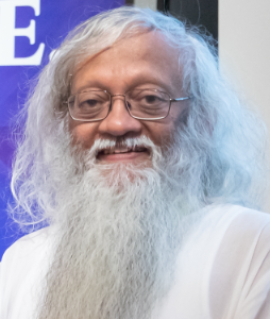10th Edition of International Conference on
Japanese Acupuncture
Japanese acupuncture is said to open blocked energy pathways and restore balance to the body. It is believed that by manipulating the energy flow of qi, any number of physical and emotional ailments can be addressed, including chronic pain, digestive issues, fatigue, anxiety, and insomnia. Japanese acupuncture is used with the intention of not only eliminating symptoms, but also of resolving whatever is the underlying imbalances in the body which caused the symptoms in the first place. Japanese acupuncture requires highly specialized training. Practitioners must learn the anatomy, physiology, and pathology of the body as well as the various techniques used in the practice. Specifically, practitioners must have the skill to accurately identify patterns of disharmony within the body and be able to treat them with the correct type of needle. Compared to other types of acupuncture, Japanese acupuncture has a gentler and more subtle approach. The needles used are very thin and are typically placed in positions that are not near nerve endings or blood vessels. The needles are usually only inserted three-quarters of the way into the skin. Because of the milder technique, Japanese acupuncture can be used to treat conditions that traditional Chinese acupuncture may not be able to address. In general, Japanese acupuncture is believed to be a safe and effective form of traditional medicine. It is important to keep in mind that like with any medical treatment, Japanese acupuncture should only be practiced by a qualified and experienced practitioner. If practiced correctly, Japanese acupuncture can be a highly effective tool in restoring balance and wellbeing to those suffering from chronic pain or physical and emotional ailments.

Kenneth R Pelletier
University of California School of Medicine, United States
Marilyn Allen
American Acupuncture Council, United States


